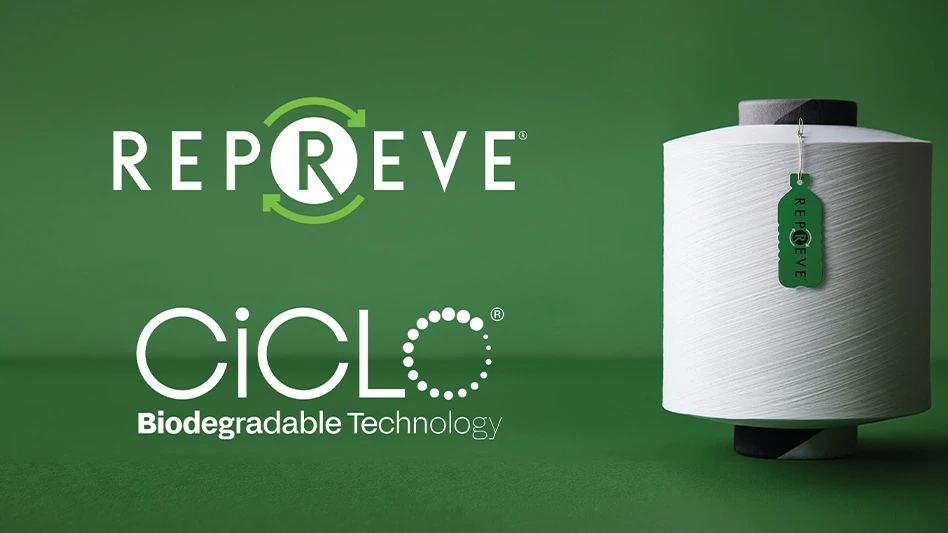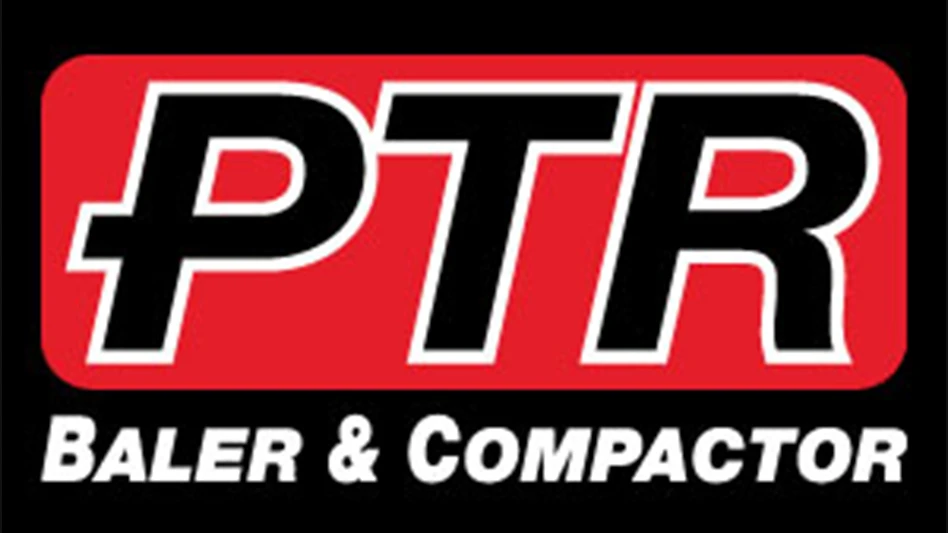
While manufacturing facilities are becoming more advanced as technologies such as robotics and artificial intelligence gain momentum, the products they produce still can be imperfect. While most of the production run of a certain product may be manufactured correctly, sometimes a few products with mistakes must be pulled off the production line and disposed of.
When manufacturers dispose of these rejected products in a dumpster outside of their facilities, there is a chance someone will come by, pick up these items and sell them online at a cheaper price. One way a manufacturer can avoid this risk is by calling a secure destruction company to have the products securely destroyed beyond the point of recognition.
In one such case, a manufacturer producing devices for endoscopic surgeries called on American Shredding of Salt Lake City to tackle the job for them.
“We have been destroying products like this for many years,” Erik Brown, who is
Getting started
The medical device company reached out to Brown, asking him to shred product that was partially damaged or had quality issues. “They wanted to make sure it was not sold online by a dumpster diver,” he says, “controlling the risk of liability.”

Pricing for destruction jobs depends on the product and the process to be employed, Brown says. If the products must be sent individually through the shredder, American Shredding charges per piece. If the product can be dumped into the shredder all at once, the job is priced per cubic foot.
The medical devices in question were priced per piece. “They had to be fed one at a time into the shredder, which takes a little longer,” Brown says.
American Shredding transported more than 1,000 devices—about 10 pallets—using trucks equipped with GPS tracking. The tracking shows American Shredding’s plant manager if the truck is moving, how fast it’s moving, if it’s idled, how long it’s been parked and so on. The web-based GPS system allows the company’s plant manager and dispatchers to dial in through a web browser to view this information.
“To the client, [GPS tracking] is an added level of security to know that there are checks and balances to prevent the sensitive material from being dropped off somewhere else before reaching our secure warehouse,” Brown says. “To us, it also allows our dispatch to plan for added stops by seeing how the route is going and if the truck is running on schedule.”
Brown says almost all the devices were sealed in Tyvek sterile medical packaging and placed in retail boxes. Crews at American Shredding removed the packages from the boxes, separated the packaging from the product and sent the product through the shredder to be destroyed.
Cardboard boxes often are baled or, if a logo or branding is printed on the box that the client wants

Before sending the medical devices through a 175-horsepower strip shredder from Ameri-Shred, Alpena, Michigan, Brown says crews cleaned off the shredder’s blades. To do so, crews shut down the machine and tagged it out. They then pulled out pieces of paper that might have been stuck in the teeth of the shredder and blew out the machine using air hoses connected to a large compressor. Once the shredder was clean, crews were able to process the devices.
“The cleaning before shredding is mainly for any devices containing any kind of metal pieces to prevent fire hazard,” he says. “It also helps the odd plastics and packaging materials to flow through the shredders better to ensure everything is destroyed properly.”
Down to size
According to Brown, most products only need to pass through the shredder once to render them useless and unable to be resold. “If logos or information on packaging
In the case of the medical devices, Brown says one pass did the job. “This was a product that just needed to be rendered useless to prevent it from being sold online,” he says.
Because much of the product was composed of multiple plastics and other materials, and because the Tyvek was shredded and combined with the destroyed products, most of the material was sent to a landfill or for incineration.
“By using our automated system in our plant, we can typically process products at least five-times faster than doing it by hand.” – Erik Brown
“Unlike metals, there is no way to quickly and easily separate all the different types of plastics and packaging without doing it by hand—at least not within our operation,” Brown says. “So, unfortunately, a lot of it must go to incineration or the landfill.”
He continues, “During the process of feeding the product into the shredder, we’ll do our best to pull off as much as we can to recycle it away from the destruction process.”
Usually, Brown says, crews will try to grab shippers, any box packaging, shrink film, slip sheets and metals from the line during processing.
Once the material is shredded to client satisfaction, the client is presented with a certificate of destruction. The medical device client also requested American Shredding take photos and video of the destruction process.
“Those customers [that asked for photos and video] needed further proof beyond the certificate because they were providing proof to customs that the product was destroyed,” Brown says. “By proving that it was destroyed, they could receive a credit back on their customs fees from when they shipped the product into the country.”
Leaving room for improvement
Brown says the key to expanding into product destruction is to “know the product really well ahead of processing” and to understand the benefits and drawbacks of a company’s shredding process and continually improve it.
“By using our automated system in our plant, we can typically process products at least five times faster than doing it by hand,” Brown says. “Our fees are reasonably in line with how fast we process, so it offers big cost-savings opportunities for these types of companies.
“We continue to improve our efficiency in processing these odd products, which brings our costs down further to offer even greater cost-savings to our customers. We continue to focus a lot on this service and improving upon the program into the future,” he adds.
Get curated news on YOUR industry.
Enter your email to receive our newsletters.

Explore the January 2018 Issue
Check out more from this issue and find your next story to read.
Latest from Recycling Today
- Recyclers likely to feel effects of US-China trade war
- BCMRC 2025 session preview: Navigating battery recycling legislation and regulations
- Yanmar Compact Equipment North America appoints new president
- LYB publishes 2024 sustainability report
- Plum Creek Environmental acquires Custom Installation LLC
- Avis introduces Harris American Co.
- International Paper in talks to divest 5 European box plants
- Recycled PP from Polykemi, Rondo Plast used in flood protection product







